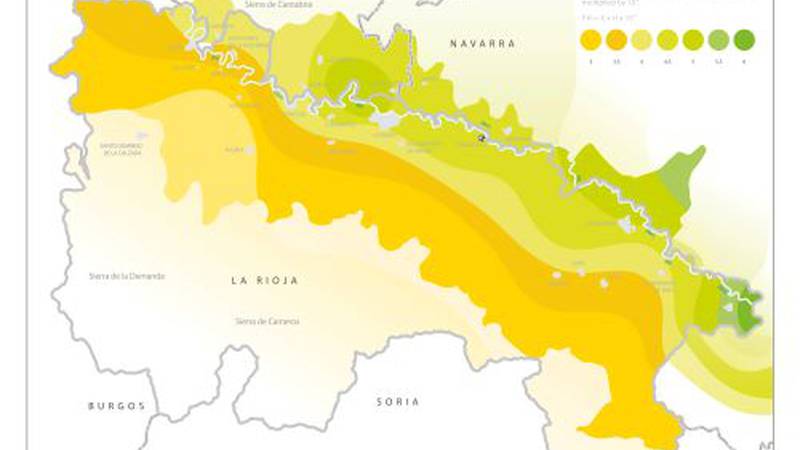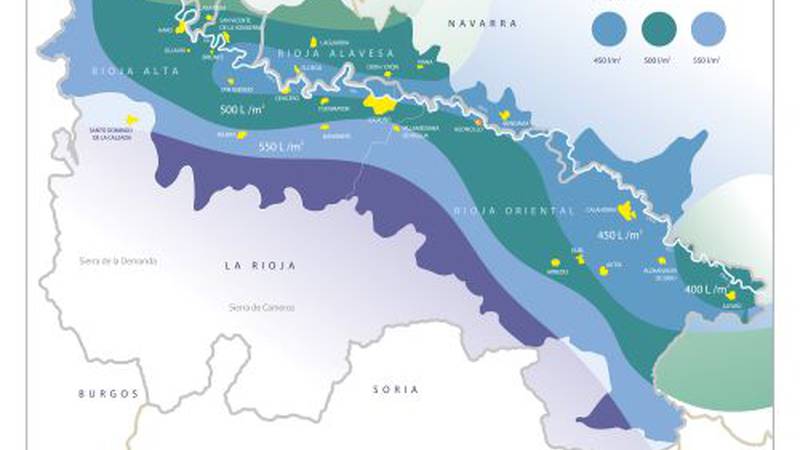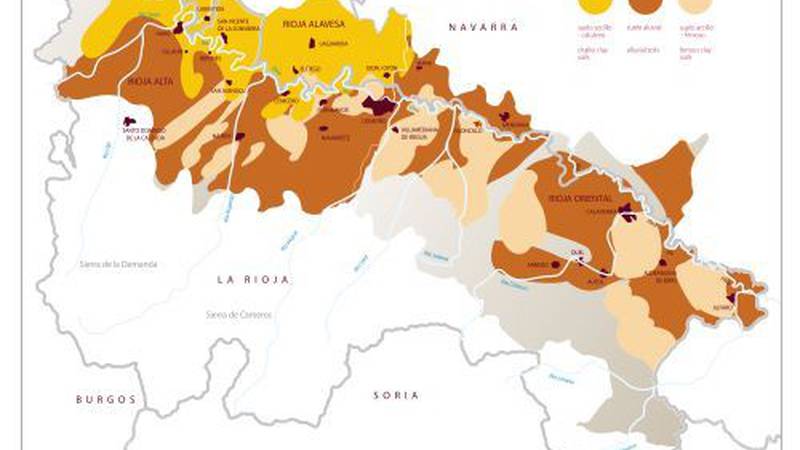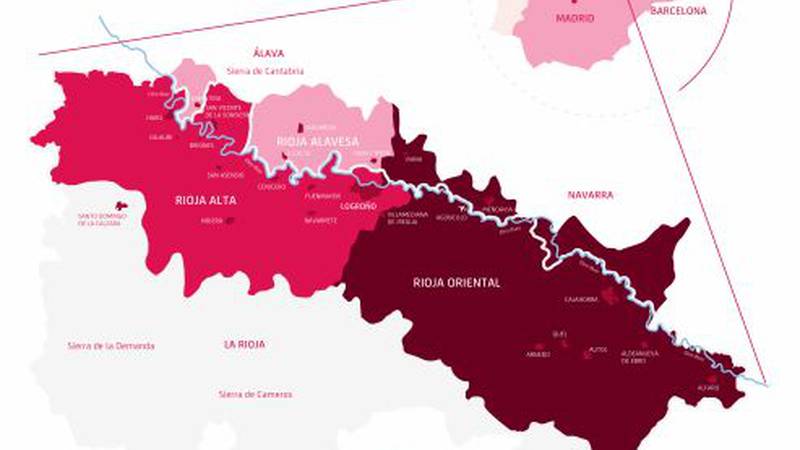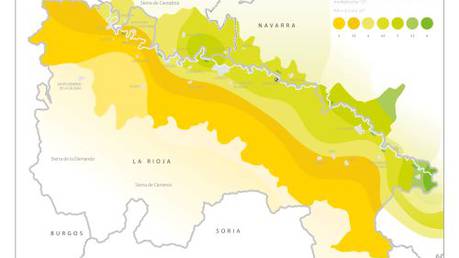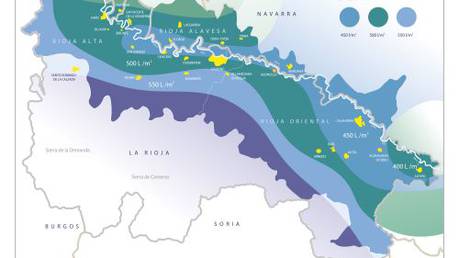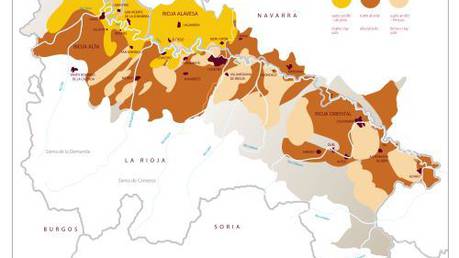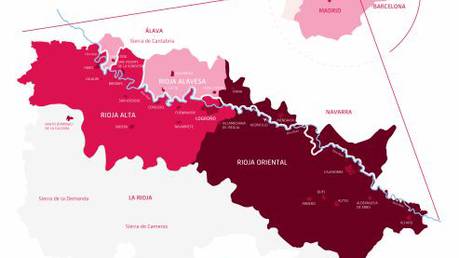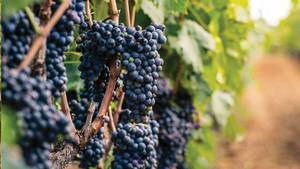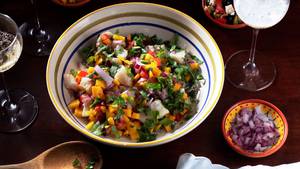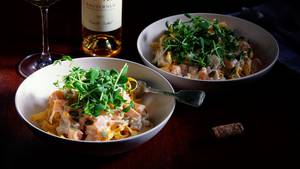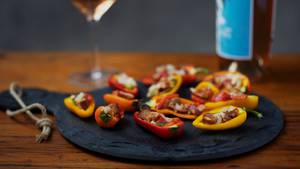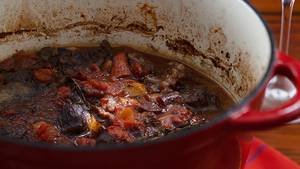Rioja is Spain’s premier food and wine region and home to the country’s most exclusive wines. Located in North Central Spain, along the Ebro River, in the shadow of the Sierra de Cantabria mountain range, Rioja is 545 square kilometres in size with a total vineyard area of over 65,000 hectares. Vineyards grow at altitudes from 300 - 800 metres. The Rioja region is divided by seven different tributaries and valleys. Wine has been part of Rioja culture since 4000 BC.
Pronunciation
How do you say Rioja?
Say “RIO + HA”
Sub Regions
Rioja is divided into three zones s (Rioja Alta, Rioja Alavesa, Rioja Oriental – formerly known as Rioja Baja)
Climate
Rioja’s climate can be defined as being ‘warm temperate,’ and benefits from the confluence two widely opposing climates (Atlantic and Mediterranean) with temperatures averaging 12-14 °C year round, cold and wet winter and spring seasons and hot and dry weather in the summer and fall. Precipitation ranges from 400 – 540 mm per year.
The Wines
There are close to 600 wineries in Rioja, offering a style for every wine lover – from fresh and juicy whites, to crisp rosés, to complex, barrel- aged red wines. These wines are famous throughout the world for their quality, complexity, elegance, and particularly for their excellent aging potential
Although the most famous of Rioja’s wines are undoubtedly the elegant and classic reds of Tempranillo—often blended with smaller amounts of Garnacha, Graciano, Mazuelo—this region is also known for its outstanding whites, of which the most classic are made with Viura grapes (also known as Macabeo in other regions of Spain). Rosé and sparkling wines are made here as well.
Key Grape Varieties
Reds: Tempranillo, Garnacha, Graciano, Mazuelo, Maturana Tinta
Whites: Viura, Malvasía, Garnacha Blanca, Tempranillo Blanco, Maturana Blanca, Turruntés, Chardonnay, Sauvignon Blanc, Verdejo
DOCa RIOJA: Rioja is the oldest DO (Designation of Origin) in Spain, founded in 1925. The DOCa (Denominación de Origen Calificada) classification has stricter requirements and was implemented in Rioja in 1991. D.O.Ca. Rioja is one of just two Spanish regions to receive the DOCa designation. The other region is Priorat.
Classifications:
Every bottle of Rioja is clearly marked with a D.O.Ca. Trust Seal to ensure adherence to the strictest Rioja wine qualifications, and its aging classification:
Cosecha: Originally designated for young whites, rosés, and reds with little to no barrel aging. Also designates wines that do not meet the classification levels below, allowing winemakers more flexibility in their winemaking process. (Often referred to as“Joven” which is not official terminology)
Crianza: Aged a minimum of 1 year in barrel and 1 year in bottle. Whites a minimum 6 months in barrel. These are perfect everyday wines with fresh, juicy red fruit and delicate oak and vanilla notes.
Reserva: Aged at least 3 years, with a minimum of 1 year in barrel and 6 months in bottle. These are expressive red wines with concentrated fruit and complex spicy flavours, but also of excellent quality for the value and worthy alternatives for Napa Valley, Brunello and Bordeaux drinkers. Whites - a minimum 2 years aging with 6 months in barrel.
Gran Reserva: Aged at least 5 years, with a minimum 2 years in barrel and 2 years in bottle. Whites a minimum 4 years aging with 1 year in barrel. Produced in the best vintages, these wines can rank among the world’s finest - elegant, fragrant and age worthy – sommelier alternatives for Grand Cru Burgundy or Barolo lovers.
Additional Rioja Classifications & Seals of Authenticity
In recent years additional zone classifications have been identified to highlight the terroir and origins of the wine, reflecting the diversity of the region. Look for the following additional classifications on the label:
Viñedos Singulares (Single Vineyard): Introduced in June 2017, this regulation highlights the terroir, origins of the wine, and Rioja’s diversity. Wines made from unique, single vineyards that are 35+ years old. Lower yields, hand harvesting, and strict quality assessments of the wines at 2 checkpoints are required.
Vinos de Municipio and Vinos de Zona: Wineries have been permitted to reference their zone of production since 1998, and to reference village or town since 1999. In 2017, updates to these regulations were made to achieve greater visibility for villages/towns and zones.
Espumosos de Calidad: Introduced in June 2017, sparkling wines made in the traditional method may now be produced with numerous requirements.
Single Varietal White Wines: As of July 2017, producers are able to make and designate single varietal wines from any of the permitted white grape varieties.
Food Pairings – Tapas and Beyond: Rioja wines are elegantly fruity, well-balanced and structured wines with moderate alcohol. The wines possess the right levels of acidity and subtle flavor to enhance food, never overpower it. While they are renowned companions to the famous dishes of Spain, including Tapas, Riojas are extremely versatile dining companions and can pair with barbecue and exotic and classic cuisines from around the world.
They are perfect wines to sip and savour all on their own too.
*Cru by CAPS & the Canadian Association of Professional Sommeliers would like to thank and acknowledge the Rioja DOCs and other funding partners for supporting the production of this content.

